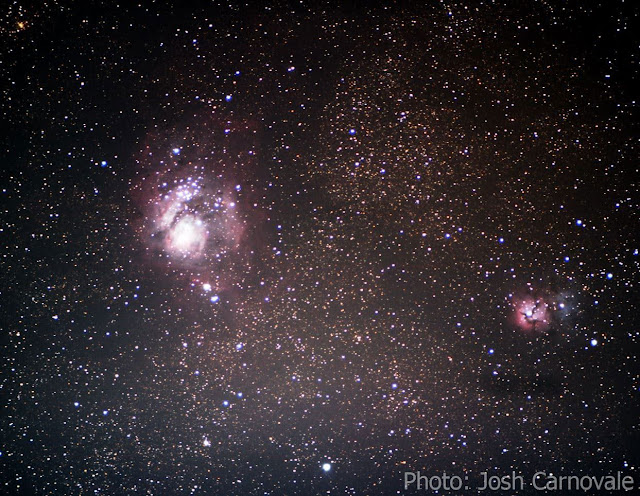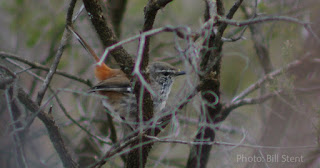Celestron RACI finderscope

The other day I was contacted by James in Philadelphia who has just got himself a Celestron AVX800. A fine scope on a fine mount. But he’s having trouble with the 9x50 right angle correct image (RACI) finderscope. I had a look at the "straight through" one on our display model and yes, it’s fiddly. When you set up the scope each night, you have to true up the finderscope so that it's parallel with the main scope. To do this, you use the adjustment screws at the back of the bracket. This design is the "two screws" type - at 12 o'clock and 3 o'clock (see my side-by-side photo below). They work against a spring-loaded pin at 7:30 (which I've circled in the finst photo). Other finderscope designs use three screws spaced equally around the finderscope. To adjust the spring-type finderscope, all you have to do is twiddle the screws at 12 and 3 o'clock. You don't have to back off one screw in order to advance another, which you have to do with the t...





